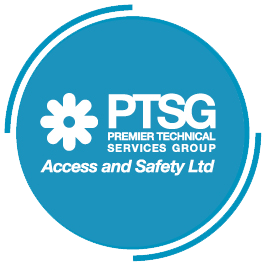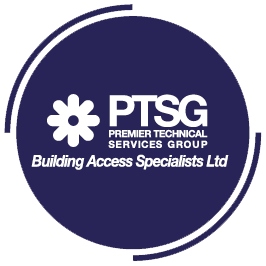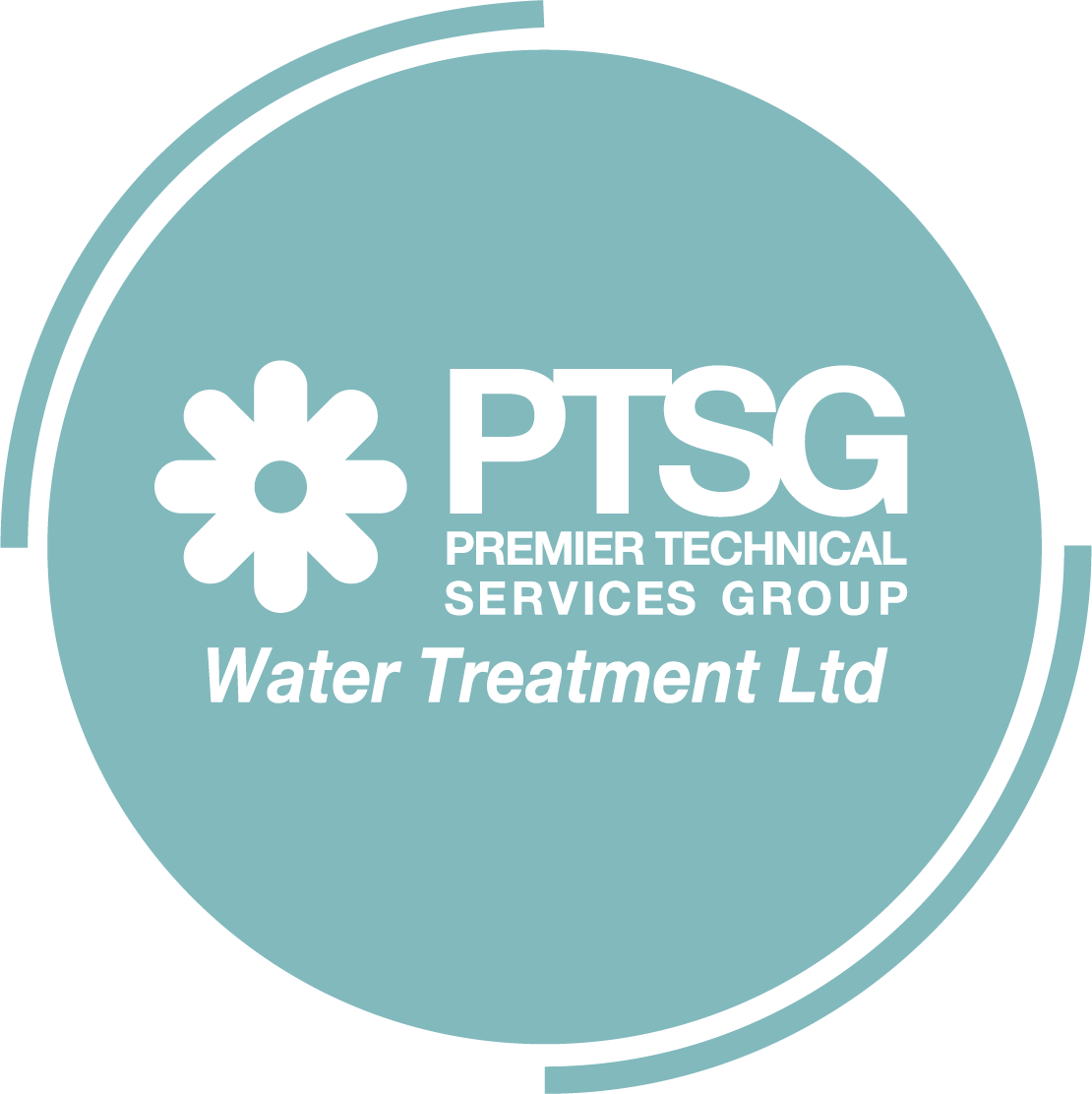Sprinklers are recognised as the most effective automatic system for stopping a fire within a building. Therefore, regular maintenance of sprinkler pump systems is essential to ensure they operate efficiently and reliably.
Quite simply it can save lives. Proper maintenance helps prevent malfunctions, extends the lifespan of the pump, and ensures the overall effectiveness of the sprinkler system.
The following is a list of general guidelines for sprinkler pump maintenance:
- It is important for engineers to become familiar with the manufacturer’s recommendations and guidelines for maintenance. Follow the specific instructions provided in the manual.
- Conduct regular visual inspections of the pump for signs of damage, leaks, or corrosion. Check for loose connections and make sure all components are in good condition.
- Inspect the pump and its connections for any water leaks. Leaks can lead to water loss and reduce the efficiency of the system.
- Regularly test the pump to ensure it starts and stops as expected. Monitor the pressure levels and check for any unusual noises during operation.
- If the pump has moving parts that require lubrication, follow the manufacturer’s recommendations for the type and frequency of lubrication.
- Clean or replace the pump inlet screen to prevent debris from entering the pump. A clogged inlet screen can reduce pump efficiency.
- If the pump is equipped with a strainer basket, inspect and clean it regularly. This helps prevent debris from entering the pump and causing damage.
- Inspect the system for air leaks, particularly in suction lines. Air leaks can affect pump performance and lead to cavitation.
- Monitor pressure gauges to ensure that the system is operating within the recommended pressure range. Abnormal pressure levels may indicate issues with the pump or the system.
- If the pump is in an area prone to freezing temperatures, ensure proper winterization. This may include draining the pump and associated pipes to prevent damage from freezing.
- Inspect the electrical components of the pump, including wiring and connections. Ensure that electrical connections are secure and free from corrosion.
- Verify that the pump is properly aligned with the motor. Misalignment can lead to excessive wear and decreased efficiency.
- If the pump has safety features such as pressure relief valves, inspect and test them to ensure they function correctly.
- Keep detailed records of all maintenance activities, inspections, and repairs. This documentation is valuable for tracking the history of the pump and planning future maintenance.
- Consider scheduling periodic professional inspections by a qualified technician to ensure comprehensive assessments and early detection of potential issues.
Free consultation

Our Divisions







